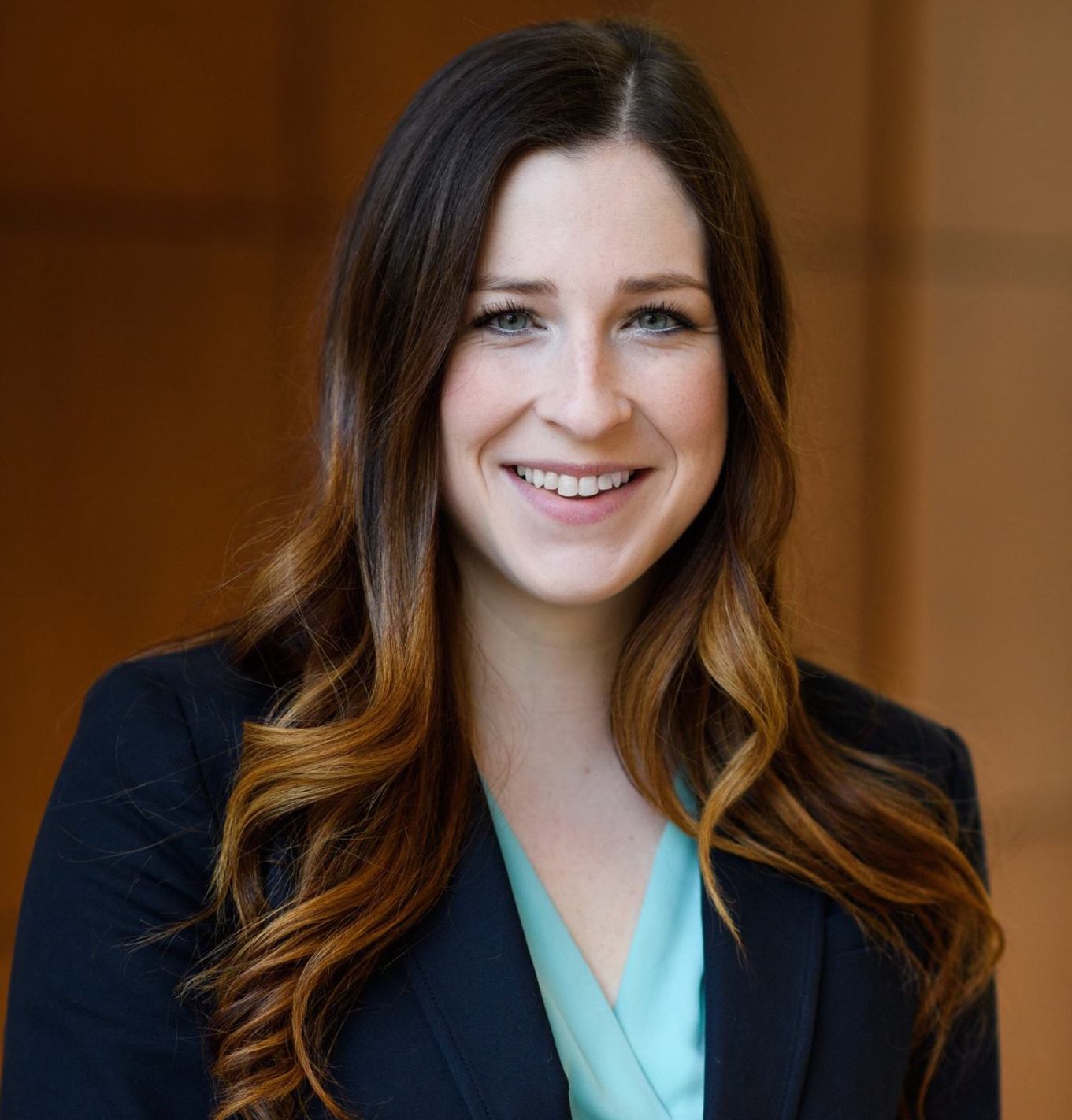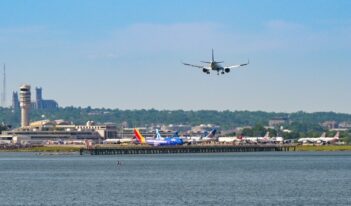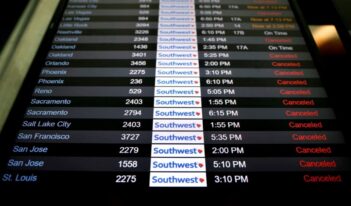
Requiring airplane manufacturing CEOs to certify airplane safety could prevent tragedies.
The aviation industry has a stellar safety record. Yet tucked into a report filed with the federal government in 2015, the Boeing Corporation acknowledged the existence of “significant risks” related to its ability to “satisfy performance and reliability standards” in rolling out the MAX version of its popular 737 airplane. Those risks have now been realized in the tragic deaths of 346 passengers and crew members in crashes of 737 MAXs in Indonesia and Ethiopia.
Policymakers and the public are questioning the oversight provided by the Federal Aviation Administration (FAA), especially as further reporting in the media raises the possibility of more widespread safety lapses at Boeing. Ultimately, the key challenge is to find ways to instill an even stronger commitment to safety at companies like Boeing. To that end, Congress should consider borrowing a tool from an entirely different domain: securities regulation.
Under the 2002 Sarbanes-Oxley Act, CEOs of publicly traded corporations must personally certify the accuracy of their companies’ accounting statements and the adequacy of their internal financial controls. Backed by a criminal penalty provision—which authorizes up to $5 million in fines and 20 years in jail—this certification requirement makes it crystal clear that top leadership will bear personal liability for knowingly signing false accounting statements.
Studies indicate that Sarbanes-Oxley’s certification requirement has achieved its end of preventing fraud. In a 2006 survey of auditors, for example, 68% reported that the requirement improved the integrity of financial reporting. One of the auditors noted that previously “it was very easy for people to say … I wasn’t involved in that, I didn’t know anything about that.”
A similar survey of corporate directors indicated that the requirement heightened CEO diligence. One director said, “now the CEO also wants a good audit,” while “previously it used to be like . . . passing the buck kind of mentality.” That is because, under Sarbanes Oxley, the CEO is clearly “on the hook.”
Surprisingly, CEOs of aircraft manufacturers have no such requirement to sign off on safety certifications or their companies’ internal safety control systems.
In its 2015 report, Boeing admitted that “the introduction of new aircraft programs…such as the … 737 MAX…involves increased risks associated with meeting development, testing, production and certification schedules.” At the same time, the company acknowledged that its managers would “continue to seek opportunities to reduce the costs of building our aircraft.”
These cost considerations, and intense competition with Europe’s Airbus, may have led Boeing to cut corners in producing its cutting-edge 737 MAX aircraft, not as a new plane, but as a derivative of a design originally approved in 1967.
Under current FAA rules, only lower-level engineers and managers at the company participated in certifying the safety of the 737 MAX. These employees could face criminal charges for false reporting to the government—but prosecutions of lower-level employees would do nothing to assure the public that incentives at the very top of the organization align with passenger safety.
It’s true that, if found negligent, Boeing could have to compensate the victims’ families. But tort liability only arises after an accident occurs—and it does not come out of the CEO’s pocket. Ex post liability may never do enough to promote safety in advance.
Given that Boeing’s CEO already signs off on financial reporting—under threat of potential criminal sanction—would it be too much to ask him to sign off on safety reporting, too? Surely the accuracy of aircraft safety testing is as important as the accuracy of financial statements.
Of course, some might object that CEOs lack the expertise and time to review the hundreds of complex, technical tests that go into building aircraft. But that is also true with respect to financial reporting. CEOs cannot know firsthand every bookkeeping entry that underlies a complex financial statement for a major public corporation.
And in Boeing’s case, its CEO holds a bachelor’s degree in aerospace engineering and a master’s in aeronautics. Presumably he has greater expertise in aviation safety than in financial accounting.
Even when CEOs lack technical expertise, they still have the responsibility to select capable people who carry out detailed safety work, to oversee the management of internal controls, and, most importantly, to set the right tone about their organizations’ values.
If an aircraft manufacturer fails to balance properly the pressures of a highly competitive, global marketplace with paramount safety imperatives, their passengers and crew members bear the ultimate risk. It is the responsibility of policymakers to ensure that top corporate leaders share some of that risk.
A version of this essay appeared previously in The Hill.





